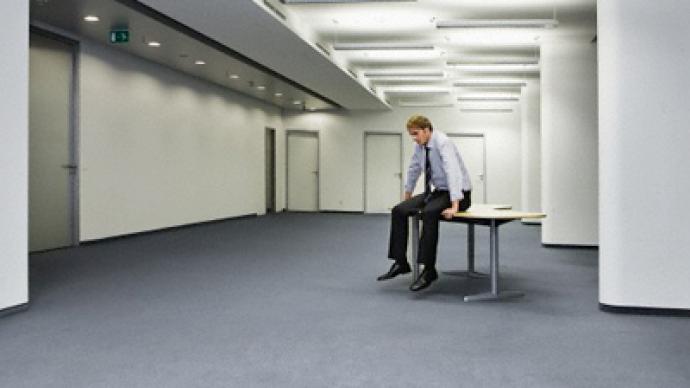Returning to market

With Russian companies resuming equity placements in 2010 and a number lined up to go to market in 2011, Business RT spoke with Tom Blackwell from M:Communications Russia about the factors they consider and the difference between success and failure.
RT: Global markets are shivering over debt issues and rating cuts. Is it not risky for Russian companies to list in such market conditions?TB: “I think certainly there is a lot of nervousness around the world, and some of that reaches into Russia.Is it risky?I think you have to look at some of these things case by case, and I think what you’ve seen is that, as you’ve said there has still been $2 billion raised so far this year.There are still companies that meet the criteria and are able to get their stories away and others have struggled and partly that is influenced by the market conditions and partly that’s influenced by more company specific aspects.”RT: Which sectors of the Russian economy are of the most interest for foreign investors and why?TB: “Well I think that if you look at how the Russian IPO market has evolved over the last few years, you have had a lot of diversification whereas previously in the early days it was more the natural resource stories that dominated the capital markets, and you moved out into the consumer area, the retail consumer goods and what have you.At this stage you have a lot of the sectors which are quite well represented, so there has been proven appetite and demand for more or less any sector of the economy that meets a certain investor criteria.If you look at the deals which are in the pipeline at the moment and coming up over the next year, you have anything from toilet paper, to shoes, to coal, to manufacturing, maybe even helicopters.You’ve got a big range, and I think within that it’s a matter of whether the companies can present the right kind of story.” RT: Are Russian IPOs a good opportunity for a foreign investor and why? What's your advice?TB: “I think there has been a lot of skepticism generally.People have looked at the performance of Russian IPOs and Russian companies that have listed and where they are trading today versus where they were at the listing date.And I think its true that if you look at where everyone, by and large, is trading, it’s not quite as impressive as you would have hoped at the times when buying into these deals.But I think that you have to add a bit of perspective into that when you are looking at the performance of Russian IPOs over the last several years.The IPO market has really only existed for about five or six years, by and large, and within that timeframe you have had some fairly major things happening in the global economy, including the worst crisis in, sort of, living memory.And that obviously, Russian stocks, like many others were hit fairly substantially, and many now are recovering and getting back into pre-crisis levels.But you have to factor that in then you look at the performance of Russian IPOs specifically.”RT: What's behind the failures of mobile phone retailer Euroset and Severstal's unit Nord Gold earlier this year? Are they asking for too much? TB: “Well I think, were they asking too much? That’s one of the questions.Valuation and price is always going to be one of the key questions investors look at.But if you look at the concerns and considerations of investors today, they are fundamentally no different than they were five or six years ago.There has always been fairly key themes that investors have looked at.One is obviously the price and that we discussed, but they also want to see a reasonable split between primary and secondary not just a case of a shareholder selling out completely, that some of the money is going into the company, they don’t mind seeing some of the money going to paying down debt, but to see it an entire debt driven story, and so on.But they have always been the criteria from the beginning and they remain so today.And perhaps there is even more scrutiny around those core areas.So if you look at the deals which didn’t happen, you would probably be able to see why those deals didn’t get away, why they didn’t get the demand, based on those criteria I mentioned.”














